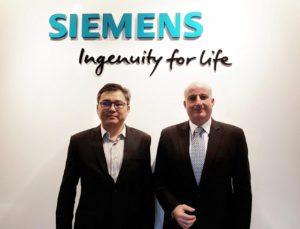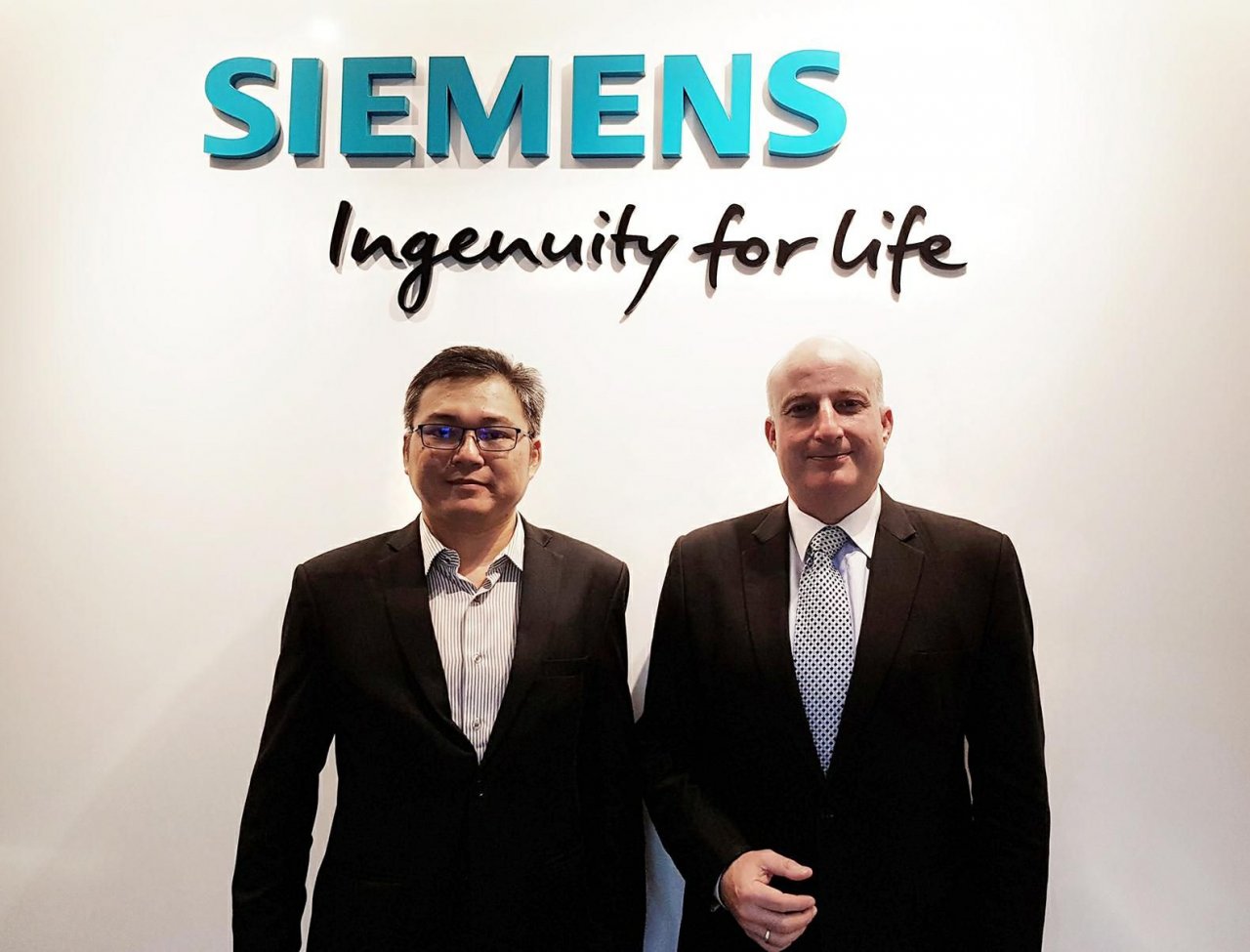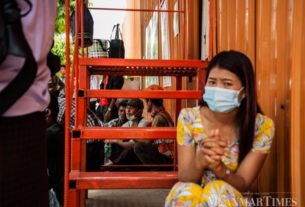
Siemens plans high efficiency power plants in Thailand
GERMAN technology powerhouse Siemens, which has been involved in power generation in the Thai market for nearly 40 years, sees high-efficiency power plants as the trend for the country’s energy sector, which could lower electricity price and also be environmentally friendly.
“Our global base is trying to make it as efficient as possible to provide the country two main benefits,” Markus Lorenzini, Siemens’ chief executive officer for Thailand, told The Nation in a recent interview.
“High-efficiency power plants will lower the electricity price. Moreover, the higher the efficiency, the lesser is the carbon footprint. It’s good for the environment compared to other conventional ways of power generation,” he explained.
Lorenzini said that it was likely that some power plants may still have sufficient capacity but the question was whether it was worth operating them at low efficiency.
“Because if you have a low-efficiency machine, first of all your generation cost would be higher, and second, your carbon footprint would have a bigger impact on the environment,” the CEO said.
“Under Thailand’s PDP [Power Development Plan] – the country is going to replace power plants. It’s not an addition to the capacity, but it’s actually replacing of capacity,” he said.
PDP is an electricity master development plan for the next 20 years valid from 2015-36.
He cited the example of “Wang Noi Replacement 1” power plant, which will be shut down and replaced with a modern and high-efficiency plant.
In his view, Thailand has a diversified energy portfolio and is also doing quite well in having a good mix of decentralised power generation, which is a kind of Small Power Producer in supporting industrial estates and being the backbone for future investment and stability in supply.
To support such a trend, Siemens’ business strategy is encouraging the utilisation of its portfolio to support the country in energy development and make use of its expertise to enhance technology and provide reliable solutions for power plants, said Chotipol Changcharoen, senior vice president of the power and gas division.
Chotipol said the company also emphasised how it could bring to Thailand other successful projects that Siemens had developed in other parts of the world.
Lorenzini said, “Germany and some European countries’ benchmark are utilising renewable energy even though the price is decreasing heavily.”
He said, however, that their attempt to enhance power generation from renewable energy poses a challenge to the grid and operators, as currently renewable energy cannot be produced at the same price level as conventional fuel.
“Therefore, when renewable energy has been significantly increased, it gives you challenges. It may also have an impact on the tariff,” he said.
Looking to the future
“Thailand is a sustainable market for Siemens”, said Lorenzini, who also mentioned Myanmar, Laos and Cambodia as promising markets.
Siemens has about 30-per-cent market share in Thailand while the market in the other three countries is still developing.
Thailand’s power development plan is the driving force for Siemens in the energy sector, he added.
Siemens’ contribution to the energy market in Thailand includes the largest onshore wind farm in operation in Southeast Asia which are Korat phase 1 and phase 2 in Nakhon Ratchasima province.
The two wind farms are the largest in Thailand and contain 90 SWT-2.3-101 wind turbines that can produce approximately 207 megawatts of renewable energy.
The firm has also provided four power plant projects for the central power plant of the Electricity Generating Authority of Thailand during the past 10 years. They are Chana 1, Bang Pakong 5, Chana 2, and Wang Noi 4.
Last year, Siemens and its Japanese consortium partner, Marubeni Corporation, continued to collaborate with the state-owned utility on the fifth order for a turnkey combined cycle power plant named “South Bangkok Replacement 1”.
Two units in a single-shaft configuration of the gas-fired power plant will apply two H-class gas turbines for the first time in the country.
According to the commission, in 2019 the power plant with around 1,200MW capacity is expected to serve 1.5 million Thai households, he said.
“When the project is finished, it would operate at over 60 per cent efficiency, which is the highest rate in Thailand,” Lorenzini added.
The CEO added that these types of standout plants would offer a high level of efficiency, short start-up times, and flexibility in accommodating fast loading.
In terms of the development in neighbouring countries, Chotipol said these days energy is flowing from one country to the others as energy is imported and exported through the Asean transmission grid.
“I think in the future it does not matter, or it may be less important, to have the power plant here and generate power just for only this country, but we can have the power generation here and transport it to other countries, or vice versa,” he added.
Source: http://www.nationmultimedia.com/detail/business/30345282

